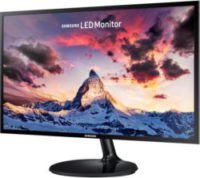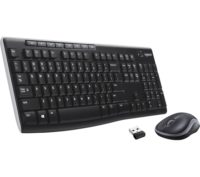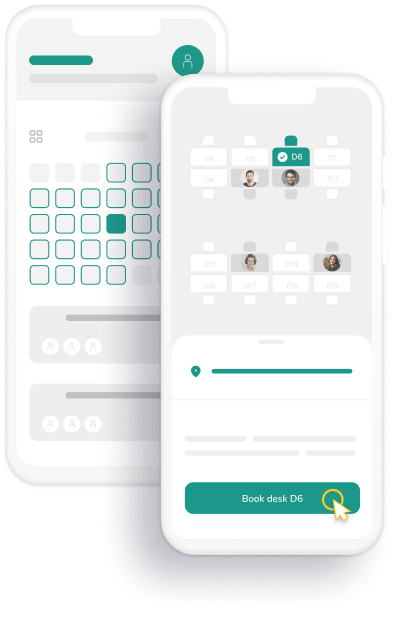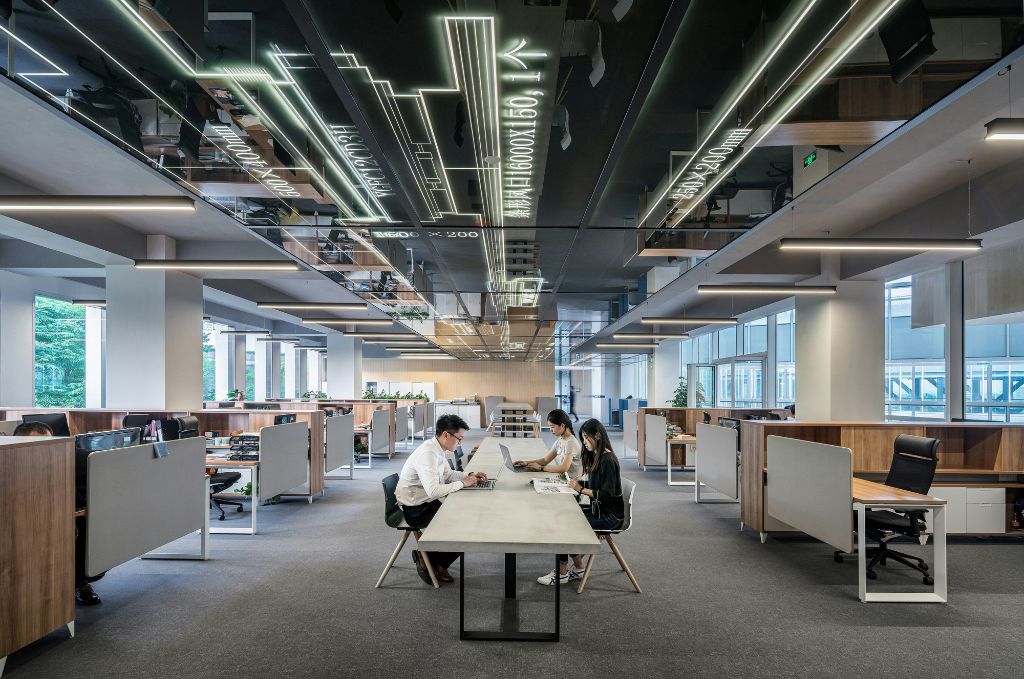With covid cases worldwide on the rise once again, organisations and companies are being tested on their health and safety protocols. Moreover, companies who have asked employees to return to work full-time will be feeling the pressure of rising covid case numbers. Unfortunately for these organisations, covid-19 is not going anywhere soon. As a result, more employees will prefer to work from home. Additionally, the cost of running a large office space with half the capacity can be challenging for organisations. Is hybrid working a potential way to shrink these costs? Let’s take a look.
The Cost of the Average Office
Cost of Renting
To create a wholistic view of this idea, we must first look at the cost of the office space. It’s clear that the cost of office space often depends on the location and size of the office. So, after some research, we were able to find the average size of an office space needed for 100 employees. This was estimated to be 200 sq. ft per employee, totalling a complete office space of 20,000 sq. foot. Furthermore, we looked at the rent price per square foot of office space across three popular locations worldwide. These included New York City (US), London (UK), San Francisco (US), and Madrid. Using Utility Bidder, we found that the average rent price per square foot was €177, €125, €117, and €53 respectively.
Therefore, the average price of a prime office space designed for 100 employees in:
🗽 New York is €3,540,000 to rent annually.

🎡 London is €2,500,000 to rent annually.

🌉 San Francisco is €2,340,000 to rent annually.

🏛 Madrid is €1,060,000 to rent annually.

Cost of Energy and Electricity
So, the cost of renting office space in these prime locations is quite high. Moreover, there is the additional cost of electricity, for light, heat, and other office necessities. Iota Communications, an IoT service provider has calculated the energy cost per square foot for offices. According to the graph, the average cost per square foot for an office is approximately $1.70, which is €1.51. According to the U.S. Department of Energy, the average number of kilowatt hours per square foot for a commercial building is approximately 22.5.
To calculate the approximate cost of energy, we must multiply the total office size in square foot (20,000), by the cost per square foot (€1.51). (Remember, this is calculated specifically for an office space. If the space is a medical company or manufacturer, the cost of energy and electricity would increase massively).
Therefore, €1.51 x 20,000 = €30,200. That means an average cost of €30,200 per year for the light and heat of this office space.
Total Costs
Furthermore, you have the costs involved with maintenance of the office space. Typically, when renting some spaces, some maintenance is carried out by the building owner. However, the company must organise all relevant maintenance procedures, such as their electronics and furnishings.
Moreover, furnishings can add a lot to the cost of an office. However, these are necessary for all employees. It may also be noted that by giving employees their own laptops and monitors, they are encouraged to look after them and care for them. Additionally, they can give the opportunity to work from home.
Altogether, the cost of running an office space for 100 employees in:
- New York could cost as much as €4 million annually,
- London, it could cost €3 million annually,
- San Francisco €2.8 million annually and,
- Madrid €1.5 million annually.
What does this mean?
Evidently, running an office with 100 employees equals high overheads. To ensure that the costs are justified, it would mean employees would have to be in 5-days a week and utilising the office space to 100% occupancy. However, as we are aware, office employees worldwide no longer want to work onsite 5-days a week. In fact, some workers would prefer to work from home full-time. But, the majority of workers would like to be given the choice of hybrid working. Given this information, is hybrid working a better option?

Cost of Preparing an Employee for Working From Home
In creating the bigger picture for this argument, we must also look at the cost involved in preparing and facilitating an employee to work from home. There are a lot of costs connected to allowing employees to work from home. These may include, a personal work laptop, computer monitor (screen), ergonomic office chair, wireless keyboard, laptop stand, headphones/headset, and wireless mouse. Not all of these will be needed by employees working from home. However, let’s look at the essentials, for employees working from home.

The Essentials
A standard issue laptop for an employee working from home will depend on a couple of things. Obviously, the budget of the company, but more importantly, the job of the employee. If the employee is downloading programs to run on the device, the laptop must be capable of running the programs and maintaining proficient speed. Whereas employees who use the laptop for web-based apps and programs will not need a high-space laptop to complete these tasks.
Therefore, we looked at something in the mid-range for work-from-home laptops and chose the Lenovo ThinkPad E14 (Intel Core i5) which costs €920.

A computer monitor is standard for most employees. The second screen, along with the laptop, means employees can have multiple systems open in front of them, without having to move between apps on the one screen. Moreover, the computer monitor may be larger for employees, making it easier to work on some tasks. A Samsung 22’’ full HD monitor with Curry’s costs €120.

Finally, a wireless keyboard and wireless mouse. These can typically come in bundles, but it depends on the spec and size needed for employees. However, as a basic requirement, these are important for employees. A lot of employees will be familiar with PC’s. The switch to a laptop can be quite disjointing. Especially when these laptops are much smaller. So, looking at a Logitech wireless keyboard and mouse bundle, this comes to €30.
Therefore, in total, for these four essential items working from home, it will cost the business €1,070 per employee. Note, this is on the most basic level. For many companies, they will be buying these packages for large amounts of employees. So, they may and probably will be able to avail of a bulk buy discount. However, for the purpose of this comparison, we will maintain the price of €1,070 per employee.
To continue the calculation, in our hypothetical situation, if the company with 100 employees decides to prepare their employees for remote work, this will cost €1,070 multiplied by 100.
Therefore, €1,070 X 100 = €1,070,000. That’s one million and seventy thousand euros.
Moving to Hybrid can be Expensive
Moving to a hybrid work approach can be quite expensive, on top of wages and rent. However, what if the business reviews its real-estate? What if by introducing hybrid working, companies were able to reduce their real-estate commitments? This is something we at Ronspot advocate. For example, with Ronspot, a hybrid working solution, a company can manage more employees with less office space. In fact, most companies that use Ronspot are managing almost two times the number of employees than actual desks. In this sample case we have developed, that would mean having an office space of 50 desks and using Ronspot to manage who can use these desks on a given day.
Cost of Using a Hybrid Working System
Let’s look at the cost of using a hybrid working system like Ronspot, for an office with 50 desks.
There are three pricing plans, and in this case, we will take the Enterprise plan. This plan has unlimited features and is designed to make hybrid working simple. Ronspot is priced based on the number of usable desks per month, which in this case is €3 per spot, per month.
Therefore, Ronspot will cost €3 X 50 desks = €150. Multiplied by 12 months, equals €1,800 per year.
With this €1,800, Ronspot allows employees to book their desk space (or parking), from the mobile app. Ronspot manages desks and allows employees to have a fair chance at getting a desk onsite. For those who do not have a desk booking, they simply work from home. As for staff safety when onsite, Ronspot has built-in social distancing features, as well as capacity limits to make sure employees are minimising the risk of contracting Covid.

Furthermore, with features like check-in/check-out, team leaders, and groups, Ronspot ensures maximum efficiency in the hybrid working system. Now, it’s time to compare the costs in the short term and the longer term.
The Final Costs
Solely Having an Office Space
The first option we looked at was an office space for 100 people, which varied depending on where the office was situated. For this example, we will take New York City, where the total for running the office spaces was: (up to) €4,000,000 annually. This includes rent, light, and heat.
Adopting a Hybrid Approach
So, building on having this office space, a company may decide to allow their employees to work remotely. For a company with 100 employees, to provide them with the necessary equipment to work from home, it will cost €1,070,000, on top of the existing office costs.
So, €1,070,000 + €4,000,000 = €5,070,000 for that year. However, the following year, the cost will be just up to €4,000,000, because the employees should not need new equipment. However, there will be some maintenance costs and new equipment needs arising over the years. Moreover, adopting hybrid working in this case is quite costly. Why? Because the company has not made any changes to their overheads, especially in terms of real-estate.
Reviewing Real-Estate and Choosing a Hybrid Working System
There is an option that can be much more cost effective. This means reviewing real-estate commitments and using a hybrid working system, like Ronspot. This means reducing office space and adopting a hybrid working approach. In doing this, a company may choose to reduce their office space from 100 desks to 50 desks.
This may mean a move from one location to another, however, in terms of this example, this would cut the cost of renting in New York in half. In this case, now rent is going to be €2,000,000 per year on rent. Similarly, they will pay the €1,070,000 for preparing employees for hybrid work. Finally, they will pay only €1,800 per year to use Ronspot for this office space.
Using Ronspot they will allow employees to make their own bookings for the office through the app. Moreover, the Ronspot credit booking system will ensure fairness and transparency for staff when booking. The credit booking system distributes credits to employees on a weekly or a monthly basis. These credits are used by employees to make bookings for spots.
In total, by reducing real-estate by €2 million, and purchasing Ronspot for €1,800, a company with 100 employees can easily manage hybrid working with 50 desks.
So, in conclusion, a hybrid working system can be used to reduce office space. Once space is reduced, the cost of rent will go down. In turn, light and heat, and maintenance costs will be reduced also. Additionally, Ronspot makes it easy to adopt a hybrid working approach.
To Note
Yes, these calculations are estimates based in theory. They are also very high involvement decisions. A company will not just half its real-estate overnight. However, it highlights the point that, in a growing company, the best solution may not always be to expand real-estate, but instead better manage the current space. Or moreover, find a smaller space that will suit your teams needs. By reviewing space and real-estate, companies can find ways to better manage this. Ronspot can do all of this using the analytics reports.



